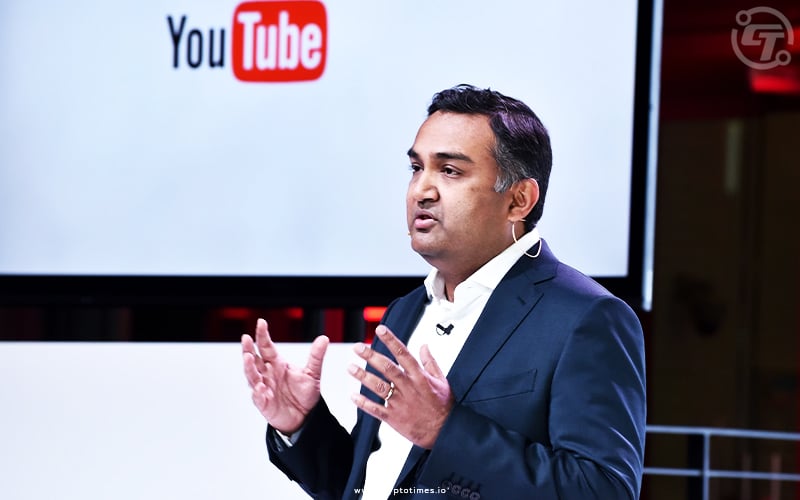YouTube Chief Executive Officer Neal Mohan asserts that it would be against the platform’s terms of service to utilize YouTube videos to train OpenAI’s text-to-video generator.
In his first remarks in public on the subject, Mohan stated that he was unsure whether OpenAI had used YouTube videos to improve Sora, its artificial intelligence-powered video creation tool. However, he stated that it would be a “clear violation” of YouTube’s terms of use if such were the case.
“From a creator’s perspective, when a creator uploads their hard work to our platform, they have certain expectations,” Mohan stated on Thursday during a Bloomberg Originals host interview with Emily Chang.
Mohan continues, “One of those expectations is that the terms of service is going to be abided by. It does not allow for things like transcripts or video bits to be downloaded, and that is a clear violation of our terms of service. Those are the rules of the road in terms of content on our platform.”
The materials that OpenAI uses to train the AI models underpinning well-known content creation products like ChatGPT and DALL-E have been the subject of much public discussion. Sora and other generative AI tools function by sifting through various types of online content and using that data as the basis for the creation of new content, including narrative text, videos, and photos.
To create artificial intelligence with greater capability, businesses such as OpenAI, Google, and others are searching for as much content as they can use to train their models and produce higher-quality output. Alphabet Inc.’s subsidiaries include Google and YouTube.
OpenAI’s Chief Technology Officer, Mira Murati, is uncertain if Sora was trained on user-generated videos from YouTube, Facebook, and Instagram. The Journal suggests GPT-5, a next-generation large language model, may train on YouTube video transcriptions.
According to Mohan, Google follows each creator’s unique contract on YouTube before determining whether to use content from the site to train Gemini, the company’s potent AI model.
According to Mohan, “Lots of creators have different sorts of licensing contracts in terms of their content on our platform.” While “some part of the YouTube corpus may be utilized” to train models like Gemini, Google and YouTube to ensure compliance with the terms of service or contracts signed by creators beforehand, he said.
Also Read: Apple Co-founder Wins Legal Battle Against YouTube Over Bitcoin Scam







